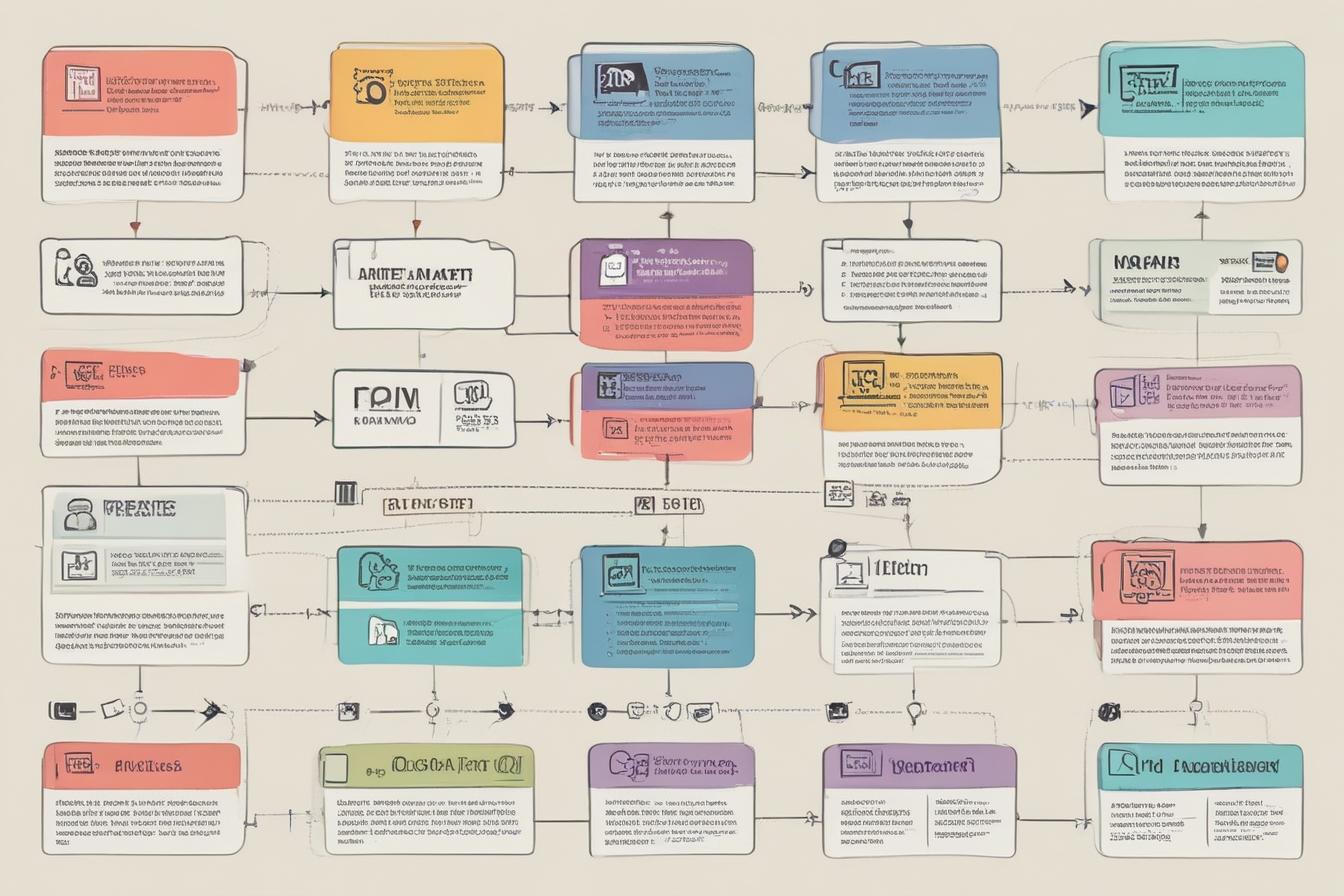In today’s eco-conscious world, businesses are seeking ways to reduce their environmental impact while still maintaining a strong online presence. One area that often gets overlooked is the carbon footprint of digital content creation. Luckily, there’s a solution: green writing SEO. By optimizing your content for search engines using sustainable strategies, you can attract organic traffic without leaving a massive digital footprint.
What is Green Writing SEO?
Green writing SEO, also known as eco-friendly content writing, is the practice of creating search engine optimized content while minimizing energy consumption and waste. It involves implementing strategies that reduce the overall environmental impact of content creation, publishing, and promotion.
The Environmental Cost of Traditional Content
Traditional content creation methods can be energy-intensive and resource-heavy. From the electricity required to power computers and servers to the carbon emissions associated with content distribution and promotion, the environmental toll can be significant.
The Benefits of a Greener Approach
By adopting green writing SEO practices, businesses can:
- Reduce their carbon footprint and overall environmental impact
- Save money on energy costs and content creation expenses
- Build a positive brand image as an eco-conscious organization
- Attract environmentally-conscious customers and clients
The Benefits of Eco-Friendly Content Writing
Beyond the obvious environmental benefits, adopting a green writing SEO approach can also provide numerous advantages for your business and content strategy.
Cost Savings
By using tools like ContentScale.fr, an online platform that generates SEO-optimized articles at scale using AI, you can save significant money on content creation costs. Instead of paying hundreds of dollars for a single article from an SEO expert or agency, you can generate high-quality, optimized content for as little as $0.10 per article.
Time Efficiency
AI-powered content generation tools like ContentScale.fr can produce articles much faster than human writers, allowing you to keep up with the demand for fresh, relevant content without sacrificing quality or SEO optimization.

Competitive Advantage
By adopting green writing SEO practices and leveraging AI-powered content generation tools, you can stay ahead of competitors who rely on traditional, resource-intensive content creation methods. This can give you a significant edge in terms of speed, cost-efficiency, and environmental sustainability.
Key Strategies for Sustainable SEO Content
Implementing green writing SEO involves a combination of strategic content creation, optimization, and distribution practices.
Keyword Research and Topic Selection
Start by identifying relevant, high-traffic keywords and topics that align with your business goals and target audience. Tools like Google Keyword Planner and SEMrush can help you uncover opportunities for sustainable, evergreen content that will continue to drive organic traffic over time.
Content Optimization
Once you’ve identified your topics, leverage AI-powered content generation tools like ContentScale.fr to create optimized articles that incorporate your target keywords naturally, follow SEO best practices, and deliver a great user experience.
Content Repurposing and Recycling
Instead of constantly creating new content from scratch, look for opportunities to repurpose and recycle existing content assets. This can include updating old blog posts, turning whitepapers or reports into social media content, or creating multimedia content like videos or podcasts from written material.
Optimizing Content for Low Energy Consumption
In addition to sustainable content creation, it’s important to optimize your content for low energy consumption during hosting, delivery, and consumption.
Image Optimization
Large, uncompressed images can significantly increase page load times and energy consumption. Optimize all images for the web by compressing file sizes and using appropriate dimensions.

Efficient Hosting and Delivery
Choose a web hosting provider that uses renewable energy sources and implements energy-efficient practices. Additionally, consider using a content delivery network (CDN) to reduce the distance between your content and your visitors, minimizing energy consumption during data transfer.
Mobile-Friendly Design
Optimize your content for mobile devices to reduce energy consumption during browsing. Mobile-friendly designs typically require less data and processing power, resulting in lower energy usage.
Repurposing and Recycling Existing Content
One of the most effective ways to reduce the environmental impact of content creation is to repurpose and recycle existing content assets.
Content Audits and Refreshes
Regularly audit your existing content to identify pieces that can be updated, refreshed, or repurposed for new audiences or channels. This not only extends the life of your content but also reduces the need for constant new content creation.
Content Syndication and Guest Posting
Leverage content syndication and guest posting opportunities to get more mileage out of your existing content. By republishing your content on third-party sites or contributing guest posts to industry publications, you can reach new audiences without creating entirely new pieces.
Multimedia Content Creation
Transform written content into multimedia formats like videos, podcasts, or infographics. This allows you to repurpose existing material while providing new experiences for your audience.

Green Design and User Experience Best Practices
In addition to sustainable content creation and optimization, it’s essential to consider the environmental impact of your website’s design and user experience.
Minimalist Design
Adopt a minimalist design approach that prioritizes simplicity and functionality over flashy, resource-intensive elements. This not only reduces energy consumption but also improves user experience and accessibility.
Efficient Code and Performance Optimization
Ensure that your website’s code is clean, efficient, and optimized for performance. This includes minimizing HTTP requests, leveraging browser caching, and optimizing scripts and stylesheets for faster load times.
Dark Mode and Low-Power Mode Support
Implement dark mode and low-power mode support for your website, allowing users to reduce energy consumption during browsing. These features can be particularly beneficial for mobile users and those in areas with limited access to reliable power sources.
Accessibility and Inclusivity
Design your content and website with accessibility and inclusivity in mind. This not only improves the user experience for individuals with disabilities but also reduces the need for energy-intensive assistive technologies.
By following these green design and user experience best practices, you can create a website that is not only environmentally friendly but also provides an exceptional experience for your visitors.
Conclusion
Adopting green writing SEO strategies is an essential step towards reducing the environmental impact of your digital content creation efforts. By leveraging AI-powered tools like ContentScale.fr, optimizing your content for low energy consumption, repurposing existing assets, and implementing sustainable design and user experience practices, you can create a winning content strategy that drives organic traffic while minimizing your carbon footprint.
Start implementing these eco-friendly strategies today and position your business as a leader in sustainable digital marketing. Take the first step by signing up for ContentScale.fr and experience the power of AI-generated, optimized content at scale.
